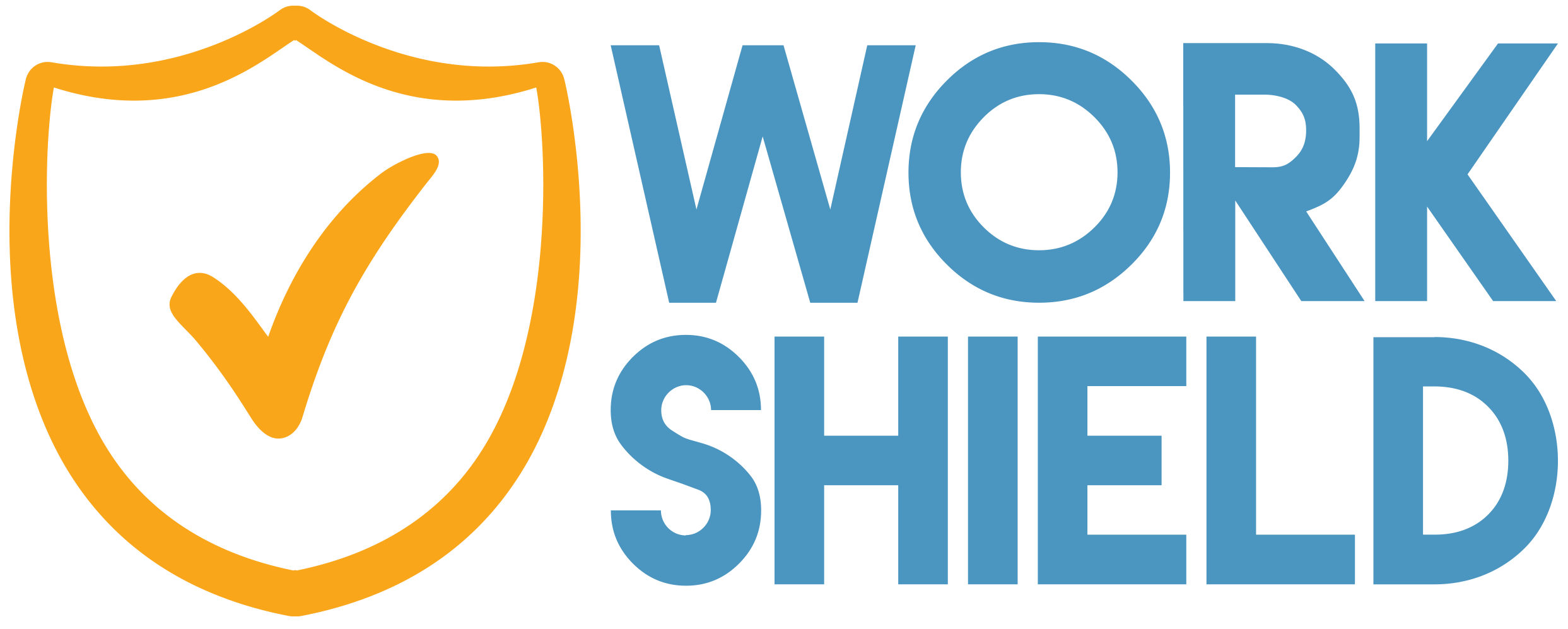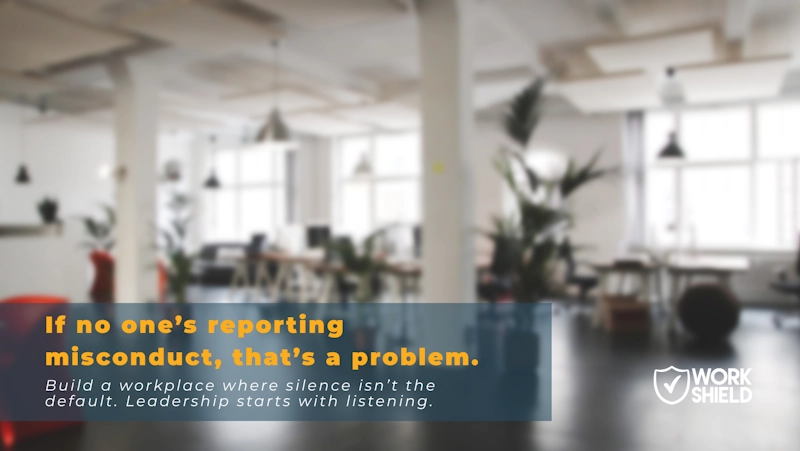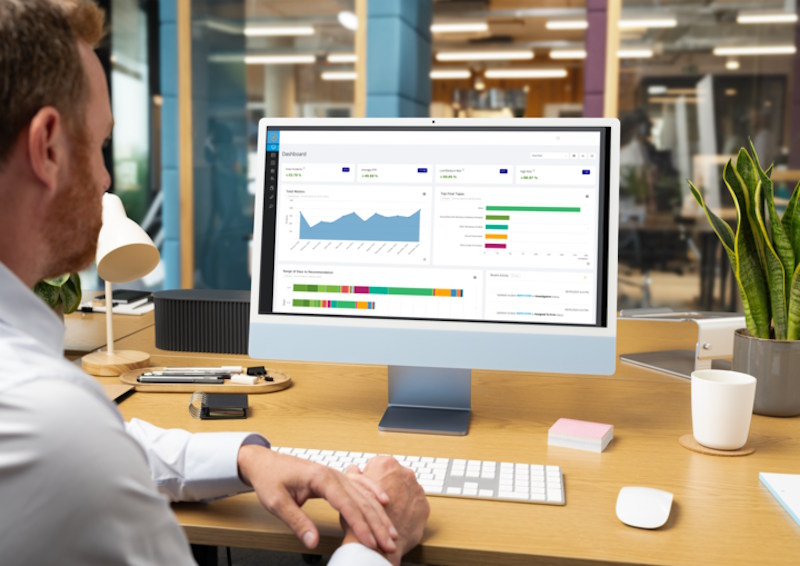As AI continues to be a growing trend in the workplace, there are constant questions of how it will be utilized, regulated, monitored and more. For employers, AI could be seen as a tool to boost productivity, expedite processes and overall streamline operations, particularly for HR-related applications. While it may be easy to incorporate the latest AI tools into your workplace, the U.S. Equal Employment Opportunity Commission (EEOC) issued new guidance last month on how AI tools could put organizations at risk for Title VII violations, such as discrimination.
On today’s blog, we’re summarizing the latest findings from the EEOC that organizations should be aware of in order to mitigate any risks that AI technology may pose to the organization and HR departments.
The Findings:
The EEOC shared that employers could be held liable if an AI tool results in an adverse discriminatory impact. For example, if employers used AI to select new employees, monitor employee performance or determine pay and promotions without proper safeguards, this could be considered a violation of Title VII.
In addition, the EEOC also clarified that “Neutral tests or selection procedures, including algorithmic decision-making tools, that have a disparate impact on the basis of race, color, religion, sex or national origin must be job-related and consistent with business necessity; otherwise, they are prohibited.”
In addition to the internal risks of AI tools, employers are also at risk from any vendors that utilize AI technology, as these vendors typically do not disclose testing methods and will require organizations to bear the risk from usage. If an employer has given a software vendor the authority to act on the employer’s behalf, the employer could be held responsible for the vendor’s actions.
How to Mitigate Risk:
First, it’s important for employers to evaluate any current or potential AI tools that your organization and HR department are using to assess any potential risk they pose for the organization. From those assessments, employers should quickly make any necessary changes in order to ensure compliance.
In addition to assessing tools, employers should implement some type of AI oversight program or team to oversee and manage the organization’s AI tools. This oversight team should ensure that all current and future tools meet any requirements and adhere to the EEOC’s guidance on AI. Going forward, it’s critical that employers ask the right questions to AI vendors to understand what information is measured and gathered and if any of it may be discriminatory.
As the world of AI continues to evolve, organizations need to stay on top of the latest guidance and regulations in order to mitigate organizational risk and avoid potential violations. At Work Shield, we know the challenges of staying on top of evolving compliance requirements and how costly a violation can be for an organization. That’s why we work with employers to mitigate risk from workplace misconduct, such as discrimination, and reach a timely resolution.
To learn more about Work Shield’s solution and how to mitigate your risk, please contact us.





